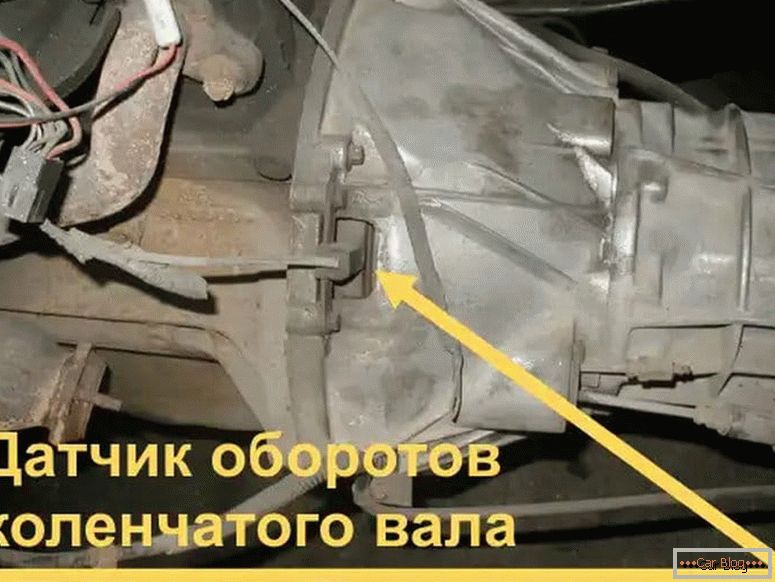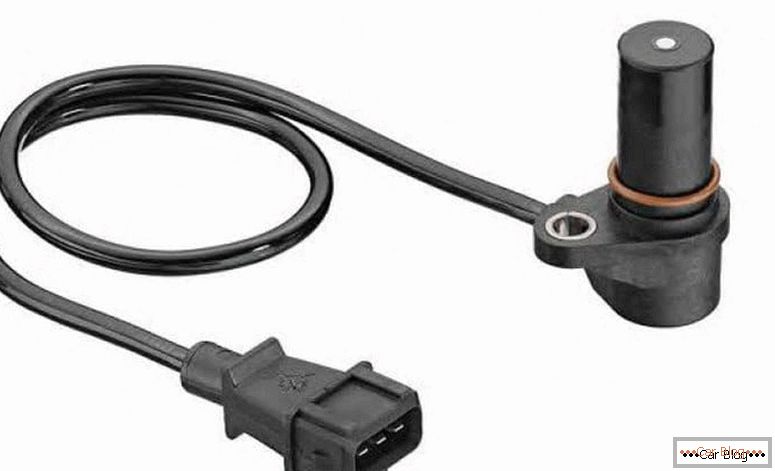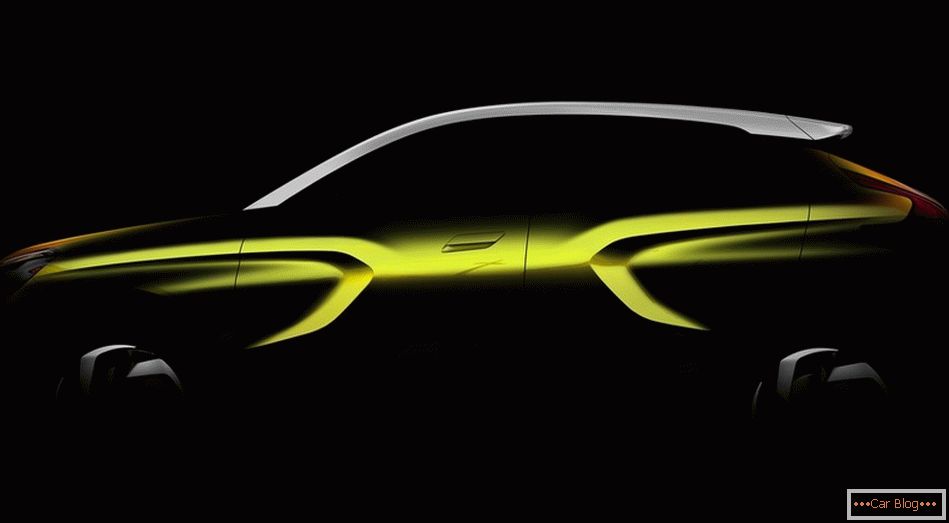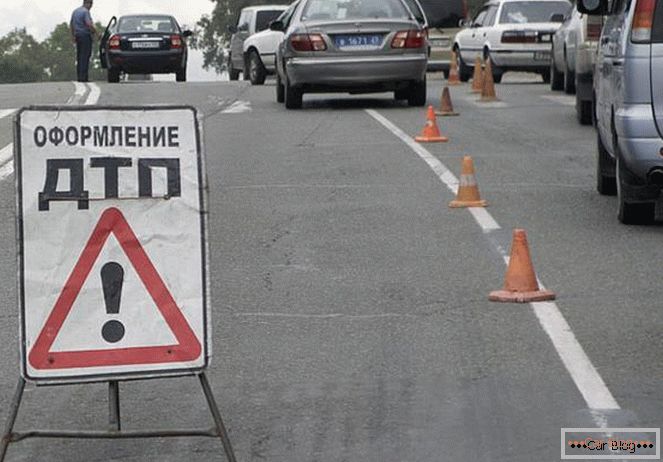A large number of electronics in the car helps to optimize and synchronize the work of all systems. The processes are carried out smoothly, without interruption, and the reaction to the occurrence of problems is instantaneous. In such situations, a significant role is assigned to all sorts of sensors, one of which is the crankshaft sensor.
This element of the engine management system is used in almost every modern car. Since the crankshaft sensor works in a rigid combination with starting the engine, the engine will not be able to start if it fails. More experienced drivers check its performance while identifying problems with starting the engine. This is done in parallel with checking the starter and battery.
Content
- 1 Where is the crankshaft sensor
- 2 Output Check
- 3 Principle of operation
- 4 Possible faults
Where is the crankshaft sensor
The vast majority of car companies carry out the installation of this element in the same part of the car. The crankshaft sensor location is near the power plant, as close as possible to the mechanical part is the synchrodisk. The end of the latter is equipped with six dozen teeth, with a pair of them deliberately removed by the manufacturer.

The principle of operation of the system takes into account the combined action of the pair, which consists of one randomly selected cylinder and a synchronization disk. In this case, records are maintained. There is a clear correspondence of the output of the selected cylinder to the upper dead point when combined with the indicated disk teeth. In a more detailed description of DPKV, what it is, it is necessary to take into account the presence of a gap from the teeth to the end using this sensor as the main attachment.
Given that the sensor is included in the main electrical system, it has the appropriate resistance. Its value is 900 ohms. Understanding what HFD is in a car, it must be borne in mind that not only the winding is present in the design, but also a magnetized core.
See also: What is DFID in the carThe operation of the device is carried out due to the formation of electrosync pulses. They occur when a tooth of a synchronizing disc hits a relief part of the sensor face. The reading is carried out by an oscilloscope. The device sends a signal to the screen that determines the actual position of the crankshaft at the moment. Visually, this is usually represented as a sinusoid.
Output check
Monitoring the actual waveform from the sensor is carried out with a special oscilloscope. In modern cars make it quite simple. It is assumed that the power supply of the device can occur from different devices. Most often for this operation, experts use a USB-connector.

Next, we bring from the battery "mass" to the oscilloscope. In this situation, you will need a black wire with the appropriate tip. For the second output device will need a contact from the sensor. This method is called parallel connection, and as a result it will provide an opportunity to find out the voltage value and the current amplitude.
Principle of operation
We will understand what the crankshaft sensor is responsible for, because this auxiliary device can be attributed to unique sensors, without which the vehicle's engine will not start. In some sources it is called the “synchronization mechanism”. Its operation provides the electronic control unit with the possibility of synchronous operation with the gas distribution system of the car. Thanks to the instrument, it is possible to send signals from the ignition system and various types of injection control, which include:
- clock;
- angular;
- cyclical.
At the time of passage of the teeth located on the crankshaft pulley, alternating voltage pulses are generated near the sensor core. This fact has an impact on the operation of the injectors.
Failures or faulty signals will not be sent to the appliance. It actually has two types of state: working and non-working. If a failure occurs, it will be an irreversible process. What affects the crankshaft sensor, refers to the fuel supply system, so if it breaks down, you need to immediately replace the device.
See also: How to change the engine oilThere are several reasons for the sensor to break. The most frequent problems are associated with extreme conditions surrounding the appliance. They boil down to such factors:
- extreme temperature;
- high humidity;
- risk of mechanical damage.
Possible faults
Car owners often have to solve the problem of wiring problems that affect the performance of the sensor. It is possible to control the crankshaft speed sensor with the help of modern scanners, which have recently become much more affordable for motorists.
It is important to know that the signal for the sensor's inoperability is the Check Engine indicator on the dashboard that is lit.
However, this option is relevant for new models of cars. In cars of previous generations, such diagnostics are carried out by the driver themselves. Negative manifestations will occur in the form of disgusting work at idle, as the engine will constantly stall or demonstrate unstable work in this mode. In addition, a car with a broken sensor will stall even on the road. A sign appears which is defined as detonation during loading.
If you identify one or more problem events on a regular basis, you should contact the specialists to replace the sensor. Also, in addition to the workers of the service station, you can change the KIPP yourself in the garage conditions if you have the appropriate tool.



